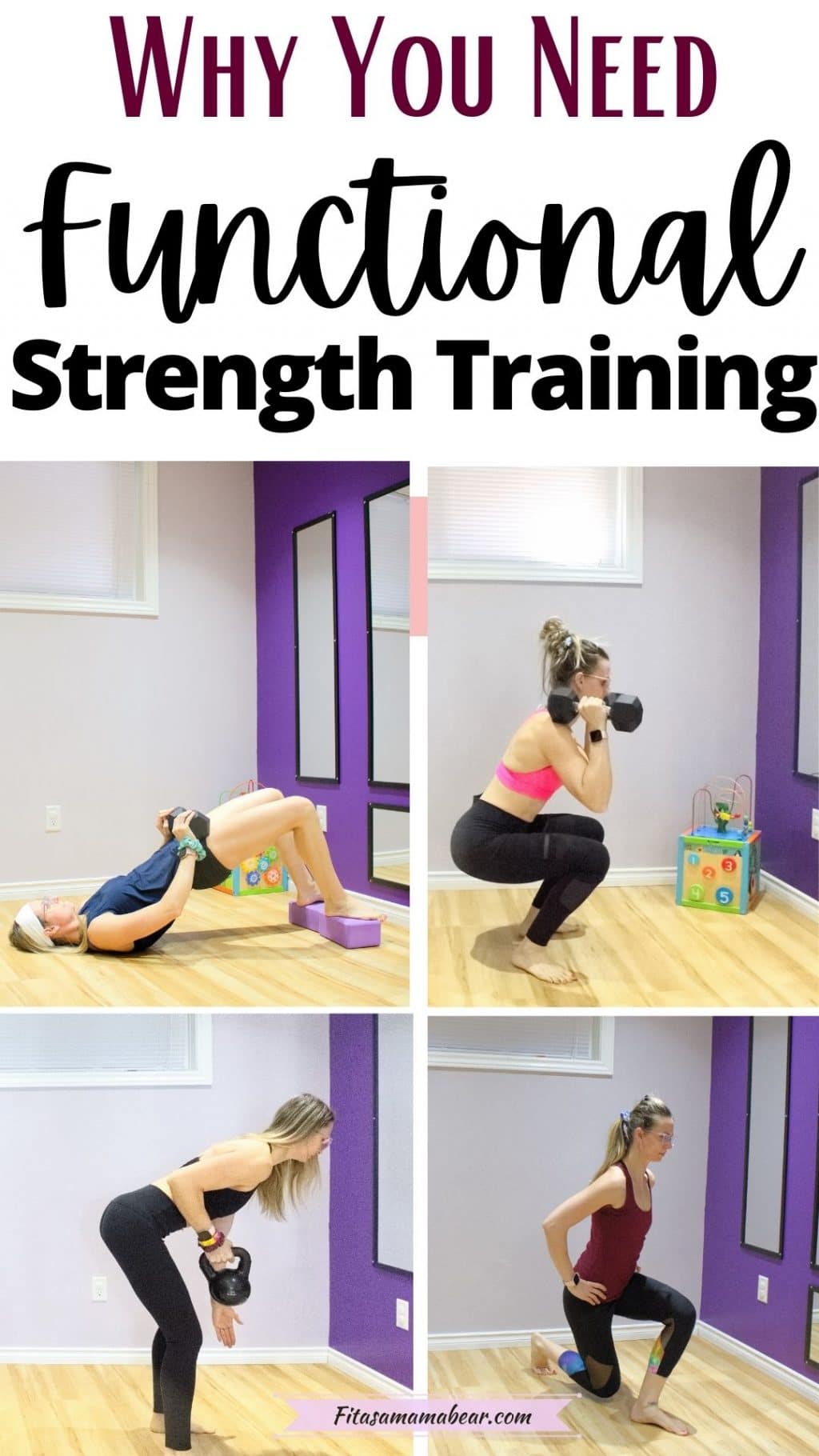Index Surge: Amplifying Your Insights
Stay updated with the latest trends and news across various industries.
Functional Training: Where Gym Meets Daily Life
Transform your workout with functional training! Discover how gym moves enhance daily life and boost your fitness journey. Dive in now!
The Benefits of Functional Training: Enhancing Everyday Performance
Functional training is a form of exercise that focuses on movements that mimic everyday activities, enhancing our ability to perform daily tasks with greater ease and efficiency. Unlike traditional workouts that often isolate specific muscle groups, functional training engages multiple muscles and joints simultaneously, improving overall strength and stability. This approach not only boosts athletic performance but also contributes to injury prevention, making it a valuable addition to anyone's fitness regimen. For example, exercises such as squats, lunges, and kettlebell swings can enhance core strength and improve balance, which are essential for everyday movements like climbing stairs or lifting groceries.
Moreover, the benefits of functional training extend beyond physical capabilities. Engaging in these dynamic workouts can lead to enhanced mobility, flexibility, and coordination, all of which are crucial for maintaining an active lifestyle as we age. As components of functional training often include balance exercises, they play a significant role in reducing the risk of falls, which is particularly important for older adults. Additionally, functional training can also have mental health benefits, fostering a sense of accomplishment and boosting confidence as individuals become more capable in their physical abilities. Overall, incorporating functional training into your routine ensures you are not only getting fit but also preparing your body for the demands of everyday life.

5 Essential Functional Training Exercises for Daily Life
Functional training focuses on building strength, flexibility, and coordination for everyday tasks, making it an essential part of any fitness routine. Here are 5 essential exercises you can incorporate into your daily life to improve your overall functionality:
- Squats: This exercise mimics the motion of sitting down and standing up, promoting mobility in your hips and legs.
- Lunges: Lunges enhance balance and stability while strengthening your legs, crucial for activities such as climbing stairs.
- Push-Ups: A great upper body strength exercise, push-ups improve muscle endurance for tasks that require pushing and lifting.
- Planks: Core strength is vital for maintaining posture and stability, making planks a must for functional training.
- Deadlifts: This compound movement trains your entire posterior chain, essential for picking up objects safely from the ground.
How to Incorporate Functional Training into Your Busy Schedule
Finding time for fitness can be challenging, especially for those with busy schedules. To incorporate functional training into your routine, start by identifying short time slots in your day, such as during lunch breaks or early mornings. Even 15 to 30 minutes of dedicated exercise can make a significant difference. Consider implementing a circuit routine that focuses on bodyweight exercises like squats, lunges, and push-ups, which require minimal equipment and can be done almost anywhere. By prioritizing consistency, you can gradually build your strength and endurance without compromising your day-to-day responsibilities.
Another effective strategy is to make functional training a family activity or a social event. Invite friends or family members to join you for a workout session, turning it into a fun and engaging experience. You can organize outdoor workouts at local parks, participate in functional training classes at nearby gyms, or even follow online workouts at home. This not only helps you stay motivated but also creates a supportive environment for achieving your fitness goals together. Remember, the key to success lies in adapting your training routine to fit your lifestyle while ensuring that you stay active and healthy.